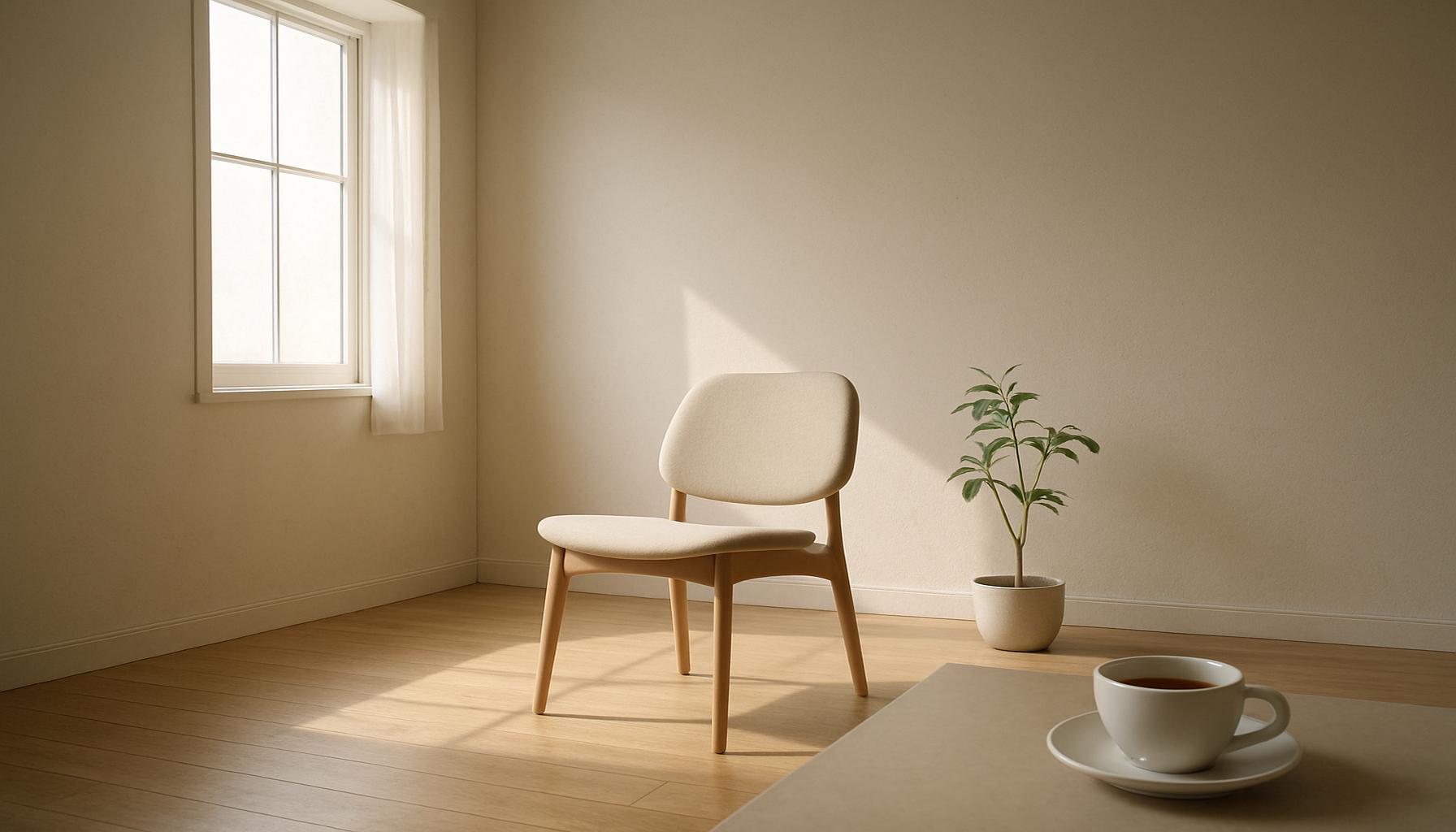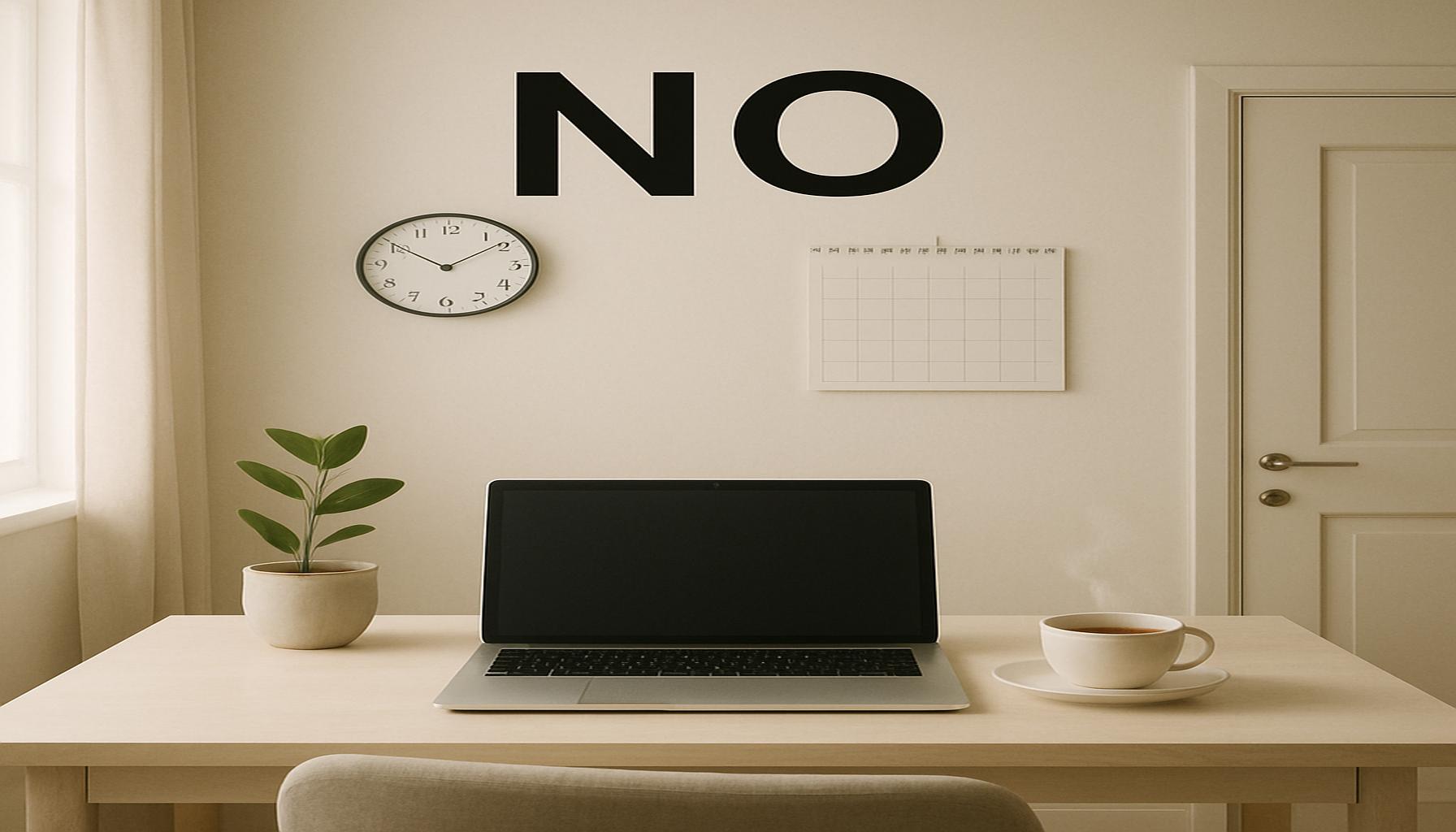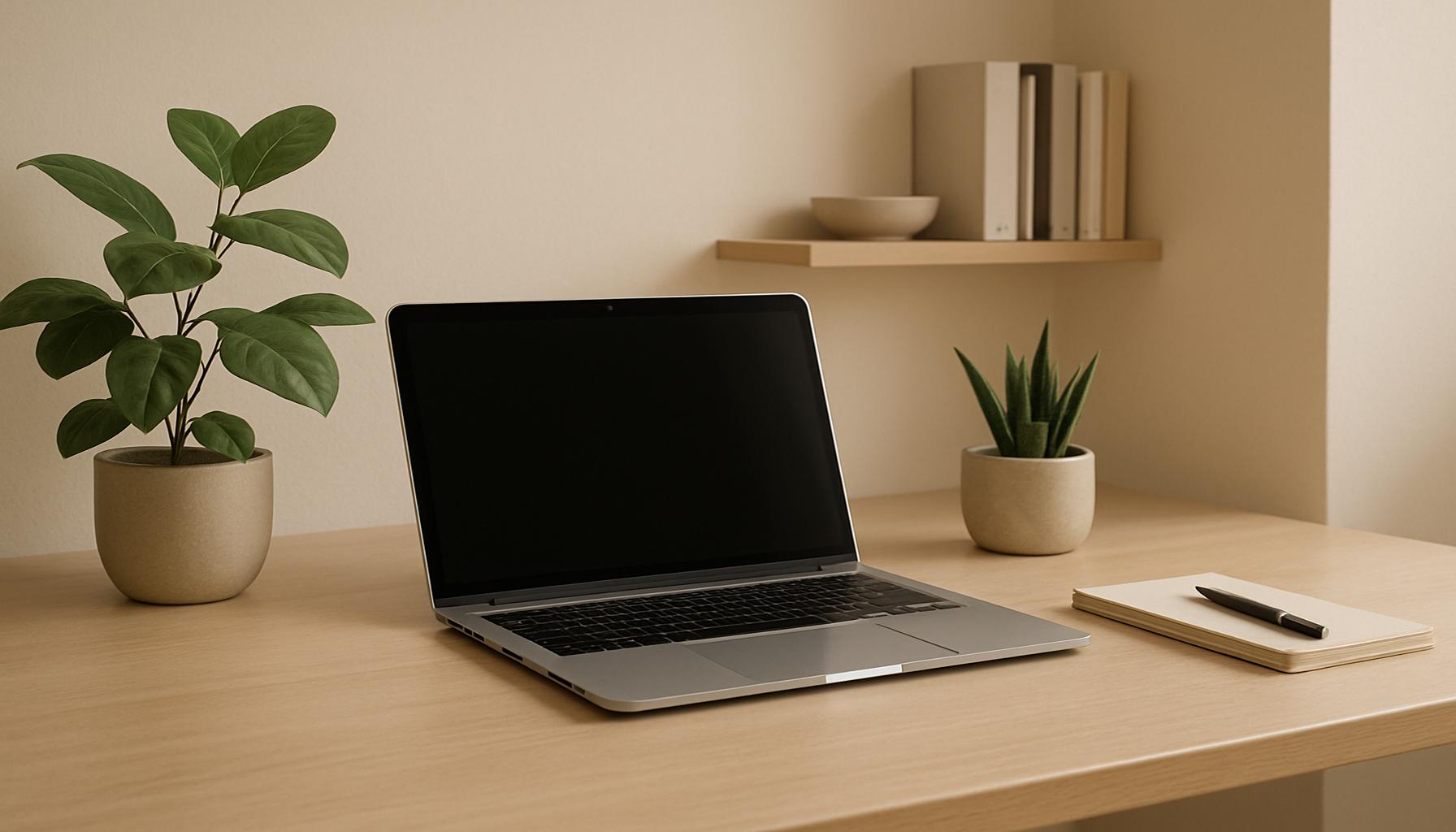Minimalism and the Importance of Calm Spaces: Creating Environments that Favor Concentration
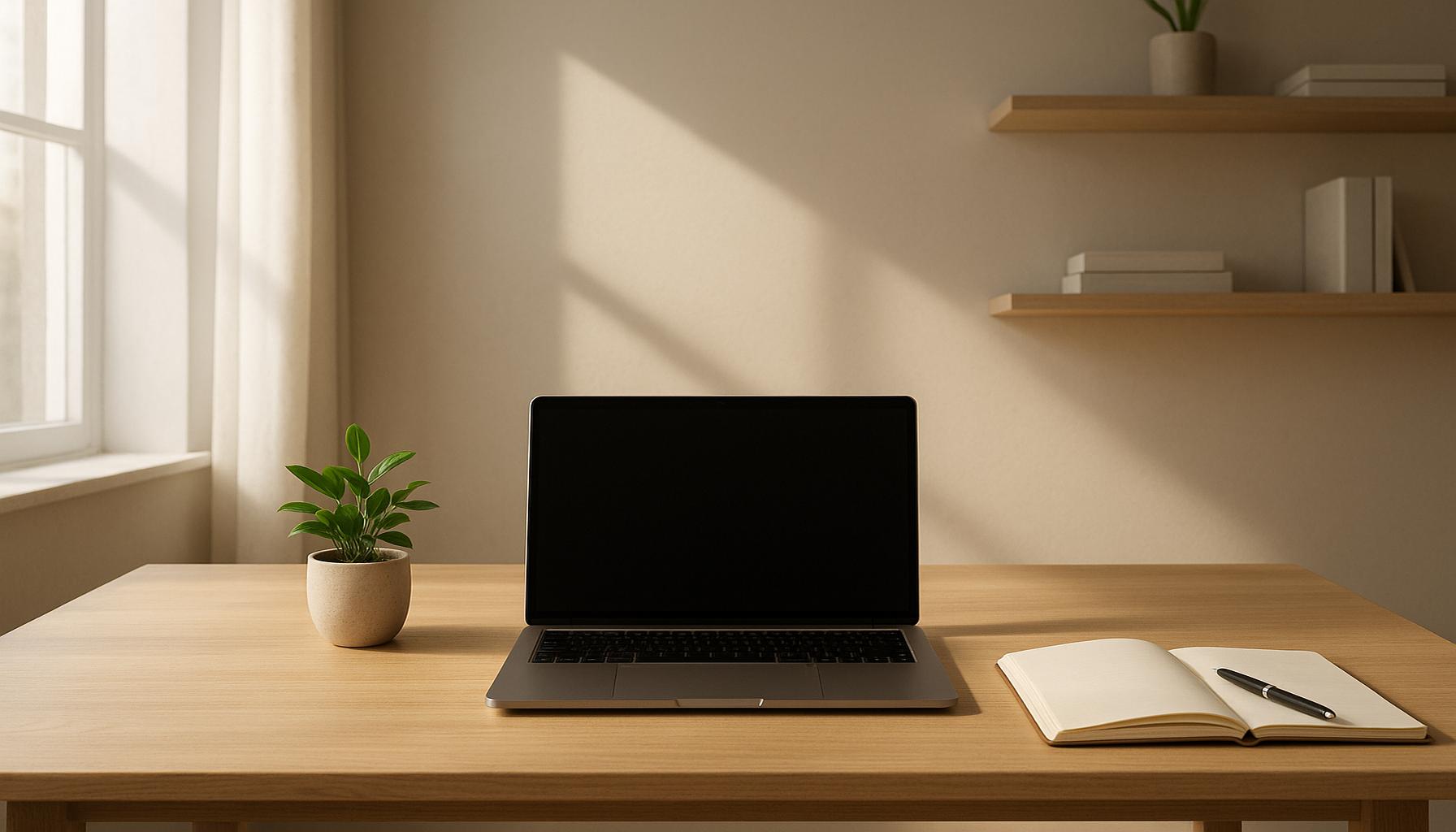
The Transformative Nature of Minimalism
In a society inundated with constant notifications, advertisements, and sensory overload, the need for a clear mind and focused environment emerges as a fundamental necessity. Embracing minimalism not only helps in decluttering physical spaces but also provides a mental reprieve, allowing individuals to reclaim their concentration and enhance their overall well-being.
Visual Characteristics of Minimalism
What does a minimalist space look like? A well-designed minimalist environment strikes a balance between function and aesthetic appeal. Consider these essential features:
- Decluttered surfaces: Clear surfaces free from unnecessary items minimize distractions, allowing the mind to relax and focus on the task at hand. For instance, a clean desk devoid of piles of paperwork and random trinkets can help an employee concentrate better on important projects.
- Natural light: Incorporating large windows or skylights lets in natural sunlight, which has proven to elevate mood and productivity levels. Studies show that exposure to natural light can increase job satisfaction and overall employees’ energy, encouraging a more dynamic work environment.
- Neutral color palettes: Soothing colors such as soft whites, grays, and muted earth tones create a tranquil setting that aids in reducing anxiety. An office painted in calming shades can help create a serene atmosphere, ideal for brainstorming sessions or focused tasks.
Beyond Aesthetics: The Psychological Benefits
The effects of minimalism extend well beyond mere visual appeal. Numerous studies underline that environments designed with minimalist principles foster not only beauty but also improved outcomes in mental health and productivity. Some of the documented benefits include:
- Increased productivity: Removing distractions leads to better focus, which is essential in high-pressure job roles, especially in fast-paced industries like technology or finance.
- Improved mental clarity: A simple environment encourages clearer thinking. This clarity can enhance decision-making processes, vital for leaders and team projects that require critical analysis.
- Reduced stress levels: A well-organized space helps lower physical and mental stressors that can arise from clutter, thereby promoting a healthier psychological state and reducing feelings of overwhelm.
The Minimalist Movement in America
As more individuals and businesses across America adopt a minimalist lifestyle, the call for creating calm spaces seems increasingly relevant. This movement encourages a reflection on how our environments profoundly impact our ability to concentrate and perform. From homes to offices, mindful design choices can cultivate a transformative effect, making minimalism not just an aesthetic preference but a pathway to enhanced quality of life.
Exploring the principles of minimalism unearths insights into how simplifying our surroundings can harmonize our daily experiences. As you delve into this journey, consider how the delicate balance of simplicity can nurture your focus and promote tranquility in your life.
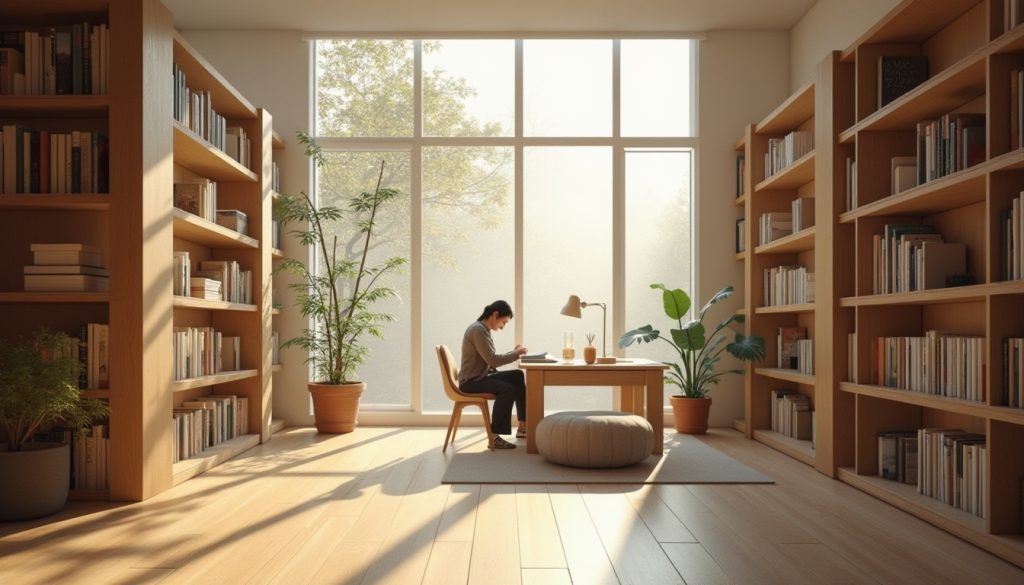
DISCOVER MORE: Click here to learn about creating functional and peaceful environments</
Embracing Calm Through Intentional Design
In an age where digital notifications and urban hustle are constants, the quest for calm and productivity can often feel elusive. The environment around us plays a pivotal role in shaping our mental state. By embracing minimalist principles, we can intentionally curate our spaces to foster tranquility, enhance focus, and stimulate creativity. At its essence, minimalism champions simplicity, utility, and the thoughtful curation of belongings, all of which can significantly impact our emotional well-being.
Creating a Functional Flow
Central to minimalism is the concept of a functional flow within a space. This principle emphasizes the importance of arranging furniture and resources to facilitate movement and accessibility, thereby alleviating both physical clutter and mental distraction. Here are several strategies to cultivate this streamlined environment:
- Zone Allocating: By designating specific areas for different activities, one can enhance focus and reduce mental overload. For instance, crafting a cozy reading nook with a plush chair, a soft throw, and warm lighting can create an inviting retreat for relaxation. Conversely, a well-organized workspace, equipped with a clean desk and ergonomic chair, ensures that professional tasks can be tackled efficiently.
- Streamlined Storage: Built-in storage solutions, such as wall-mounted shelving or under-bed drawers, provide discreet ways to keep essentials organized. This intentional organization diminishes the chaos of visible clutter, rendering the space visually soothing and inviting.
- Thoughtful Decor: Limiting decorative items to select pieces that evoke inspiration or motivation can greatly reduce distractions. A simple, striking artwork or a meaningful quote can serve as focal points in a room, contributing to a serene atmosphere rather than detracting from it.
The Power of Silence and Sound
Beyond visual elements, sound management is crucial in crafting environments that promote calm. In a world filled with noise, a minimalist space should harmonize auditory elements to promote concentration and minimize disturbances. Consider the following approaches:
- Soft Furnishings: Incorporating carpets, thick curtains, and plush cushions not only enhances comfort but also serves to absorb sound, reducing echoes and minimizing ambient noise. This contributes to a tranquil atmosphere ideal for focused work or quiet contemplation.
- Gentle Background Sounds: Introducing elements like white noise machines or soft instrumental music can effectively mask disruptive sounds. Many individuals find that ambient music creates a serene backdrop, allowing them to concentrate more deeply on their tasks.
- Mindful Silence: Embracing moments of intentional silence—whether through scheduled quiet breaks or dedicated times away from devices—allows individuals to reconnect with their thoughts and enhance their productivity. This crucial practice encourages mindfulness and strict focus on the present task.
By integrating these principles of minimalism into our everyday environments, we can significantly elevate our focus and productivity levels. As more individuals recognize the role of intentional design, the minimalist movement presents a viable antidote to the overstimulation characterizing modern life. The calm we seek is not merely about physical space but extends to fostering an emotional sanctuary that empowers us to navigate our busy lives with clarity and purpose.
| Advantages | Description |
|---|---|
| Reduced Clutter | A minimalist approach to design eliminates the unnecessary, allowing individuals to focus on what’s important. |
| Enhanced Focus | Fewer distractions in the environment cultivate a calm atmosphere, which is conducive to improved concentration. |
| Increased Productivity | A serene workspace can significantly boost productivity, leading to better outcomes in tasks. |
| Emotional Balance | Creating calm spaces promotes a sense of well-being, helping to reduce stress and anxiety. |
The relationship between minimalism and concentration extends beyond merely having fewer items in sight. It’s about designing with intent, where each piece within a space holds value and contributes positively to mental clarity. In environments focused on productivity, such as home offices or classrooms, minimalism can transform atmosphere and output. For instance, choosing a **neutral color palette** can enhance relaxation and diminish visual fatigue, giving the mind a chance to rejuvenate.Consider the strategic placement of natural elements, such as plants, which have been shown to improve mood and concentration. By integrating such features, individuals can cultivate a tranquil setting that naturally inspires focused engagement in tasks, ultimately reflecting the transformative power of calm spaces on human performance. This aesthetic prioritization is not solely about beauty; it involves a profound shift in how we interact with our environments, laying the groundwork for sustained attention and mental peace found in minimalism.
DIVE DEEPER: Click here to boost your focus
The Psychological Benefits of Minimalism
The pursuit of minimalism transcends mere aesthetic appeal; it delves deeply into the realm of psychological well-being. Evidence suggests that our environments significantly influence our mental states and overall productivity. By adopting minimalist principles, individuals often experience enhanced clarity, reduced anxiety, and improved focus. Studies indicate that cluttered spaces can lead to increased stress levels and feelings of overwhelm, while calm, minimalist environments can facilitate a more serene mindset. This concept aligns with the principle of environmental psychology, which posits that our surroundings directly affect our emotional and cognitive functioning.
Reducing Decision Fatigue
A cluttered environment contributes not only to visual distraction but also to what psychologists term decision fatigue. The ever-present choices about what to engage with or what tool to use can sap our energy and impair our cognitive resources. By streamlining our spaces through minimalism, we minimize the number of decisions we make daily. For example, creating a minimalist wardrobe or adopting a simple meal plan can alleviate the cognitive load associated with myriad choices, thereby freeing mental resources for more critical tasks. The reduction of decision fatigue is especially beneficial for those in high-stress professions, where clarity and rapid focus are imperative.
The Impact of Natural Elements
Furthermore, integrating natural elements into minimalist designs can enhance feelings of calm and concentration. This concept connects to the practice of biophilic design, which emphasizes the inherent human affinity for nature. Incorporating plants, natural light, and organic materials can significantly elevate the atmosphere within a space. Research indicates that exposure to nature can improve moods, sharpen focus, and stimulate creativity. For instance, studies show that workplaces with natural greenery not only boost employee morale but also enhance productivity levels. Simple plants like succulents or ferns can serve as both decorative and functional elements, improving air quality while grounding the space’s overall aesthetic.
Intentional Color Choices
Color psychology is another vital facet of minimalist design that merits attention. The colors we choose to surround ourselves with can profoundly influence our moods and cognitive performance. Soft, muted tones such as blues and greens are often associated with calmness and tranquility, while stark whites can create clarity and simplicity. Conversely, overly bright or jarring colors may contribute to agitation and distraction. By curating a color palette that promotes relaxation, individuals can create atmospheres conducive to concentration and creative exploration. Expert designers often advocate for a neutral base with occasional pops of color that inspire without causing visual chaos.
The minimalist philosophy urges us to scrutinize our environments critically, leading us towards choices that align with our desires for simplicity and ease. As we deepen our understanding of the psychological effects of our surroundings, it becomes increasingly evident that intentional environments are not merely luxuries but essential frameworks for thriving in our fast-paced lives. By combining strategies such as reducing decision fatigue, leveraging natural elements, and selecting thoughtful colors, we can successfully cultivate calm spaces that empower our focus and creativity.
DISCOVER MORE: Click here to learn how to optimize your workspace
Conclusion: The Art of Creating Tranquil, Focused Spaces
In today’s fast-paced world, the significance of minimalism and the cultivation of calm spaces cannot be overstated. The evidence connecting our physical environments to our mental states is compelling; by embracing minimalist principles, we are not just enhancing our aesthetics but also paving the way for improved focus and mental clarity. This clean, uncluttered approach helps alleviate anxiety and negate decision fatigue, allowing our minds to engage more deeply with the tasks at hand.
Moreover, integrating elements of nature and making intentional color choices is seen as an innovative way to further enrich these environments. The biophilic design approach connects us to our natural instincts and fosters an atmosphere conducive to creativity and well-being. Soft, soothing colors can evoke peace and balance, effectively transforming a workspace into a haven for productivity and inspiration.
As we navigate the complexities of modern living, fostering calm spaces through minimalism emerges as an essential practice rather than a fleeting trend. It urges us to reflect upon our surroundings and make conscious choices that align with our aspirations for both productivity and serenity. By committing to these principles, we not only create nurturing environments for ourselves but also contribute to a societal shift towards mindfulness and tranquility. Exploring the depths of minimalist living can lead to richer, more profound experiences, ultimately fostering a more adaptable and resilient mindset. The journey towards minimalism is indeed a promising pathway to enhance focus and cultivate a meaningful life.
